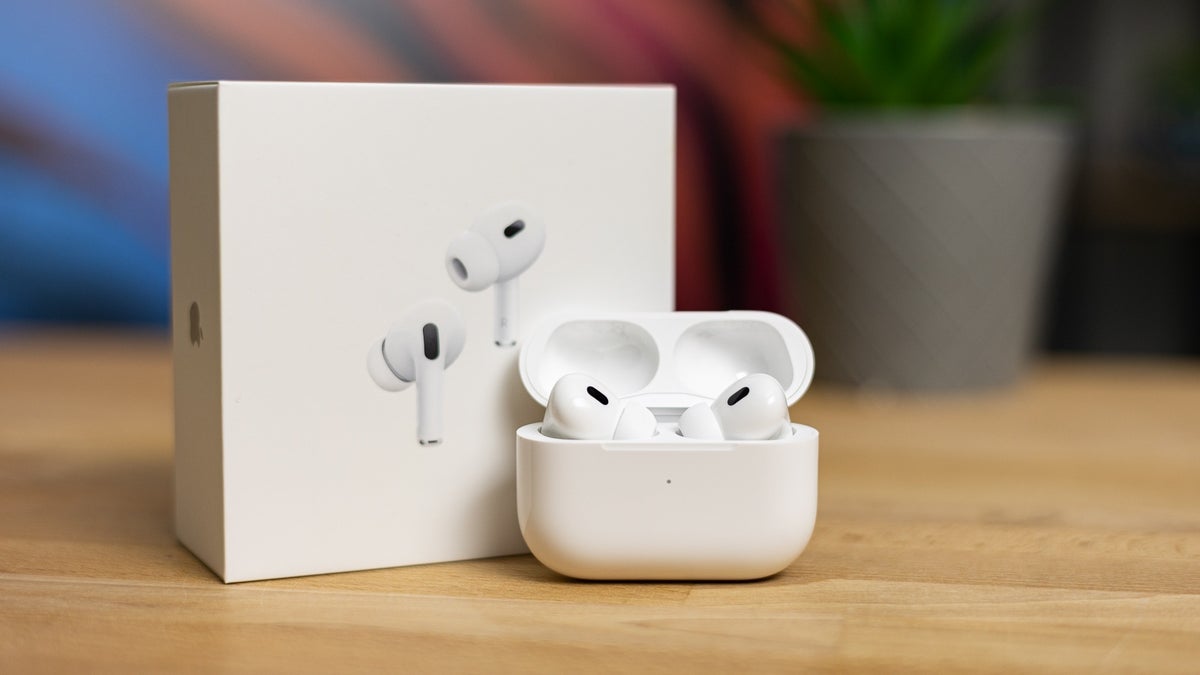Apple One, which came out in 2020, makes it easy for Apple lovers to sign up for several services at once with a good discount. Right now, there are three levels: Individual, Family, and Premier.
Current Apple One Levels
- Individual: For $19.95 each month, you get Apple Music, Apple Arcade, Apple TV+, and 50GB of iCloud+ storage.
- Family: At $26.95 a month, you get 200GB of iCloud+ storage, and you can share everything with your family.
- Premier: For $37.95 monthly, this gives you Apple Fitness+, Apple News+, and a big 2TB of iCloud+ storage.
These options work well, but I think there’s a chance to do something even better by adding a tier for students.
Why Students?
Apple already offers a student discount for Apple Music, which is usually $10.99 but drops to $5.99 for students. Plus, students get Apple TV+ for free as long as they keep the student subscription. This shows Apple knows how to attract students with deals.
The Idea: Apple One for Students
We could imagine an Apple One Student plan. It would be like the Individual plan but cheaper. Students could enjoy iCloud+ for their files and photos, and Apple Arcade for some fun gaming, in addition to the music and TV they already get with their student perks.
If we look at the 45% discount on Apple Music for students, an Apple One Student plan might be around $10.95 a month. This would be a great way for Apple to get more young users interested in their services.
After students finish school or after five years (whichever comes first), they might keep using Apple One because they’re already used to the benefits. This could be a win-win situation for both Apple and the students.
In summary, while Apple One is already a solid choice for many, adding a student tier could make it even better, helping Apple grow its user base among younger people while giving students great value for money.





